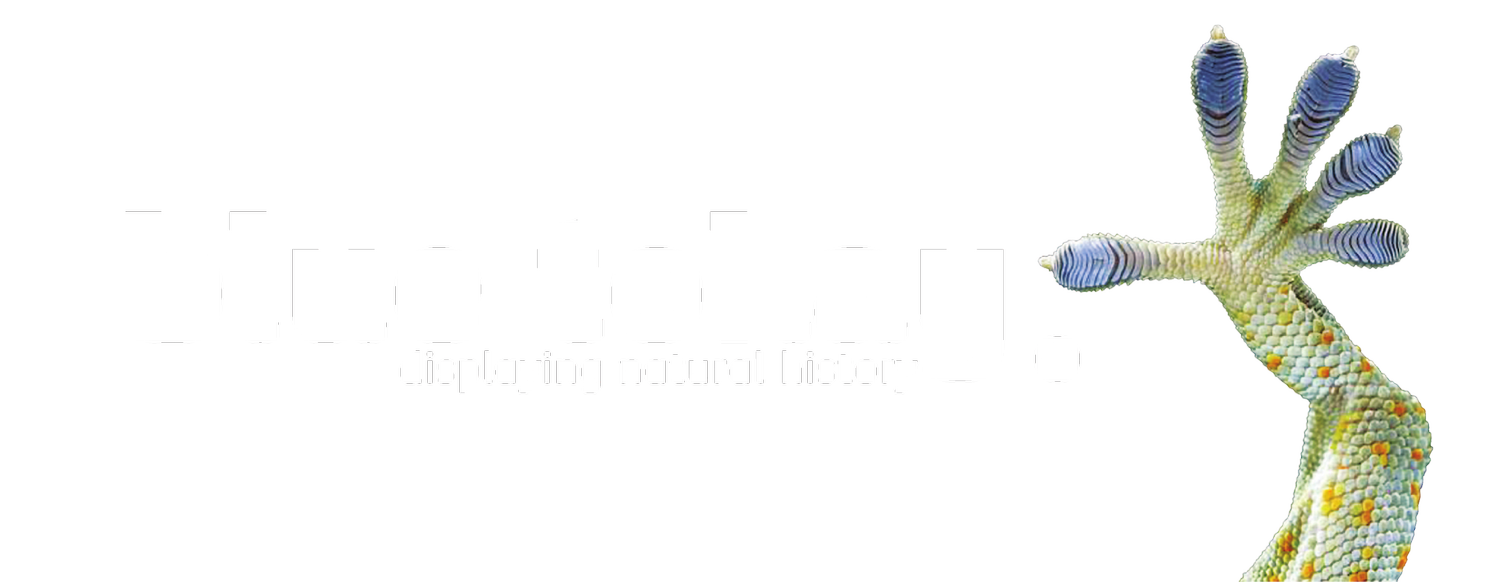The evolution of the eye is one of the most important developments known to biological science. The position and structure of the eye has such an impact on the animal that it belongs to. This can be how it lives in a specific environment, such as how it feeds, how it navigates its way and how it finds food and a mate. This exhibition shows a series of high quality, beautiful images that allow visitors to appreciate how a wide variety of different types of eyes can be found within nature and how they are used.
EXHIBITION DETAILS
Contents:
Sixteen stunning photographs back printed onto acrylic or foamex depending on requirements. These frameless images come with batons for wall fastening for the acrylic option or can be fixed directly onto the wall. Each image comes with a label describing the importance of the specific colour to the chosen animal, some taxonomic information and a map to show the location where the animal is found.
NEW - this exhibition can be shown outside if you choose the di-bond printed option. Please get in touch to discuss.
Availability:
Please ask about availability.
Size:
Each image is 100cm x 75cm. They are wall mounted. We can produce a gallery visual showing how the exhibition can be laid out in the space available.
Past hires:
This exhibition is brand new and waiting for the first hire.
Included in the hire:
Blue Tokay staff to transport, install and deinstall. Storage materials are taken away during the hire. One-way transport is paid by the venue. We can supply learning packages and provide a merchandising offer. We will also support the show while at your venue by promoting it on our social media channels.
into the eyes of nature
The exhibition is family friendly as the images are all appropriate for all ages. It encourages visitors with an interest in Art and photography as well as science and nature. The narrative present describes different eye types, how and why they are used by animals in nature.
Species and topics
Red kite - Predator eyes
Greater kudu - Prey eyes
Robber fly - Compound eyes
Spotted owlets - Night vision
Indian gharial - Aquatic eyes
Panther chameleon - 360-degree vision
Peacock mantis shrimp - Extreme vision
Snail - Eyes on stalks
Javan tree frog - Amphibian eyes
Jumping spider - Spider eyes
Ostrich - Bird eyes
Moray eel - Fish eyes
Kamchatka brown bear - Mammal eyes
Octopus - Mollusc eyes
Chimpanzee - Primate eyes
Mangrove pit viper - Reptile eyes

